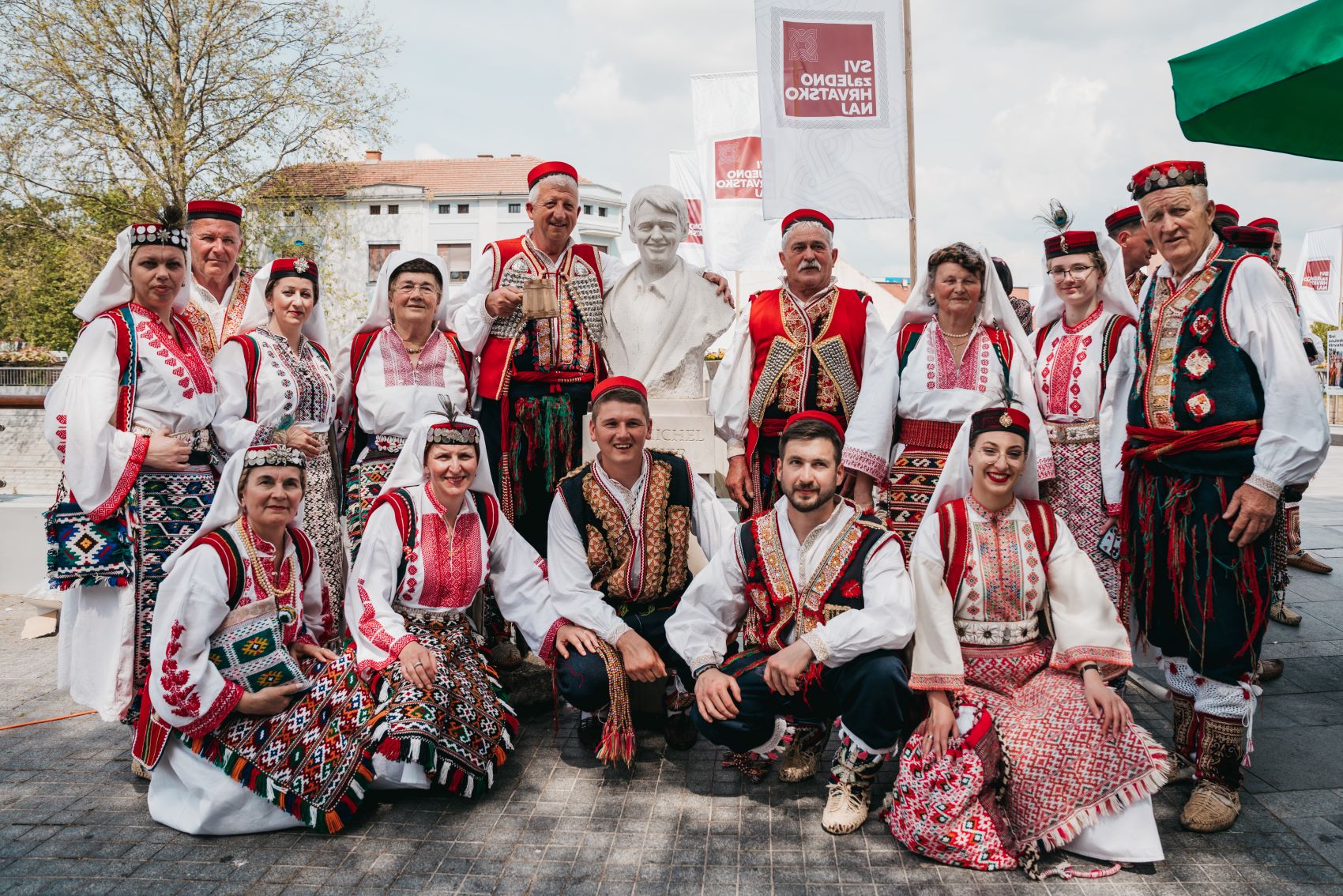moviescout.org – Croatia, a country with a rich tapestry of history and culture, boasts a unique blend of traditions, languages, and social structures that have evolved over centuries. This article delves into the cultural heritage and social structure of Croatia, highlighting its diversity, historical influences, and contemporary society.
Historical Influences on Croatian Culture
Croatia’s cultural heritage is a testament to its strategic geographical location at the crossroads of Latin and Slavic cultures. Throughout history, the region has been influenced by various empires, including the Romans, Byzantines, Venetians, Hungarians, and Ottomans, each leaving a distinct mark on the country’s cultural landscape.
The Role of Language
The Croatian language, a member of the South Slavic language group, is a key element of the country’s cultural identity. The development of the Glagolitic alphabet in the 9th century, one of the oldest Slavic alphabets, is a significant cultural achievement. Today, the Latin alphabet is used for writing Croatian, reflecting the country’s historical ties to the Roman Empire.
Architecture and Art
Croatia’s architectural heritage is a fusion of styles, from the Romanesque churches of the northern regions to the Venetian-influenced buildings along the Dalmatian coast. The country is also known for its rich tradition of folk art, including intricate lace-making, woodcarving, and textile designs.
Social Structure and Traditions
Croatia’s social structure is characterized by a strong sense of community and family values. Despite the influence of modernization and urbanization, traditional customs and festivals play a vital role in social life.
Family and Community
Family is the cornerstone of Croatian society, with extended family networks playing a significant role in daily life. Community gatherings, such as the traditional Slava, a family feast day, reinforce social bonds and religious identity.
Music and Dance
Music and dance are integral to Croatian culture, with each region having its own folk music and dance traditions. The klapa singing style, originating from Dalmatia, is a poignant example of the country’s rich musical heritage.
Cuisine
Croatian cuisine reflects the country’s diverse cultural influences, with a variety of dishes ranging from hearty meat stews and pastries in the continental regions to seafood and Mediterranean-inspired dishes along the coast.
Contemporary Society and Challenges
In contemporary Croatia, the social structure is influenced by factors such as urbanization, economic changes, and EU membership. While these changes have brought about new opportunities, they have also posed challenges, including economic disparities and the preservation of cultural heritage in the face of globalization.
Education and Employment
The education system in Croatia is highly valued, with a focus on providing universal access to quality education. However, youth unemployment remains a significant challenge, leading many young Croatians to seek opportunities abroad.
Preserving Cultural Heritage
Efforts to preserve cultural heritage include the establishment of museums, cultural festivals, and initiatives to promote traditional crafts and music. The Croatian government and various NGOs are actively involved in these efforts, recognizing the importance of cultural heritage in fostering national identity and social cohesion.
Conclusion
Croatia’s cultural heritage and social structure are a reflection of its complex history and the resilience of its people. From its linguistic diversity and architectural beauty to its strong community ties and vibrant traditions, Croatia offers a unique cultural experience. As the country navigates the challenges of modernization and globalization, the preservation of its cultural heritage remains a priority, ensuring that future generations can continue to celebrate the rich tapestry of Croatian culture.
